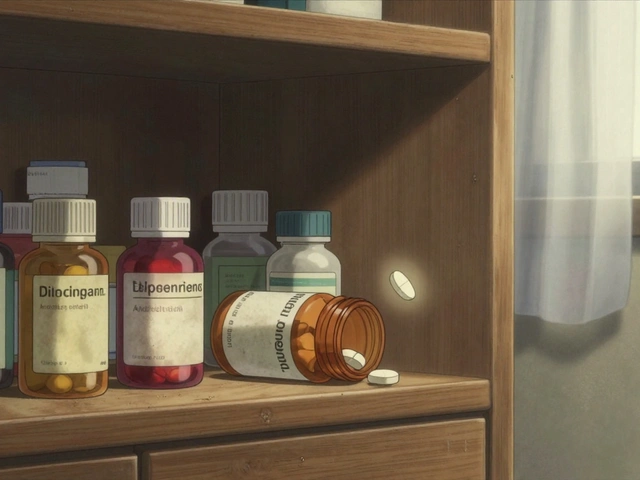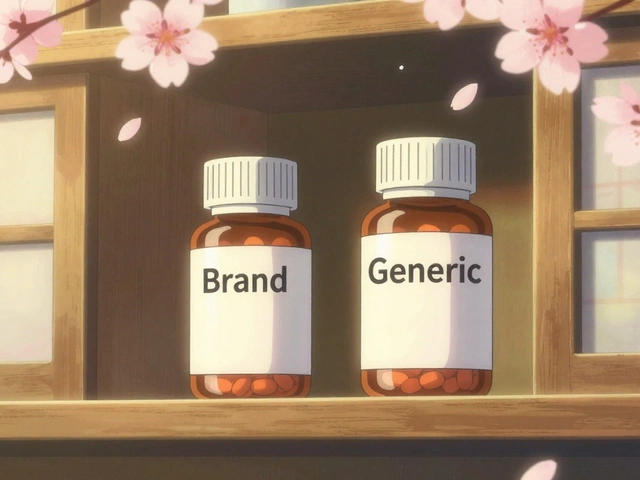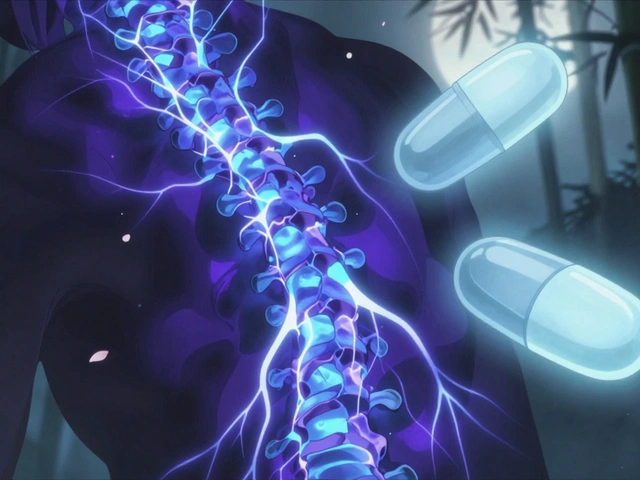Ovarian Tissue Banking: What It Is and Who It Helps
When you hear ovarian tissue banking, the process of removing, freezing, and storing ovarian tissue for future use in restoring fertility. Also known as ovarian cryopreservation, it’s a real option for women facing treatments that could damage their ovaries—like chemotherapy, radiation, or surgery for conditions like endometriosis or genetic cancer risk. Unlike egg freezing, which needs hormone stimulation and timing around ovulation, ovarian tissue banking can be done quickly, even right before starting cancer therapy. This makes it especially valuable for girls who haven’t reached puberty or women who need to start treatment fast.
This isn’t just about saving eggs. The tissue contains thousands of immature follicles, each with the potential to become a mature egg later. After freezing, the tissue can be reimplanted years later, sometimes even restoring natural hormone production and menstrual cycles. It’s been used successfully in women who had their tissue frozen as young as age 4, and some have gone on to have healthy babies after reimplantation. The procedure is still considered experimental by some groups, but over 200 live births have been reported worldwide, with clinics in the U.S., Europe, and Australia offering it as part of standard fertility preservation programs.
It’s not for everyone. You need to be in good enough health to undergo surgery, and your cancer team must approve the delay—usually just a few days—to remove tissue. If you’re considering this, talk to a reproductive endocrinologist before starting any treatment that could affect your fertility. Other options like egg or embryo freezing exist, but they require time and hormones. Ovarian tissue banking doesn’t. It’s also the only option for young girls or women who can’t delay treatment for hormone stimulation.
What happens after the tissue is thawed? It’s usually placed back into the body near the pelvis, where it can start working again. Some women get pregnant naturally afterward. Others need IVF. The tissue doesn’t last forever—most studies show function lasting 4 to 7 years—but for many, that’s enough time to start a family. And if the tissue doesn’t work, the procedure didn’t harm future options. It’s a backup plan with real results.
You’ll find posts here that explain how this process fits into broader reproductive medicine, what the risks are, how it compares to egg freezing, and what to expect if you’re considering it for yourself or someone you care about. Whether you’re a patient, a parent, or just trying to understand your options, the articles below give you clear, no-fluff answers—no jargon, no hype, just what matters.
Rhabdomyosarcoma & Fertility: Essential Guide for Patients
Learn how rhabdomyosarcoma treatment affects fertility and discover practical preservation options, decision tips, and post‑treatment care for patients and families.






